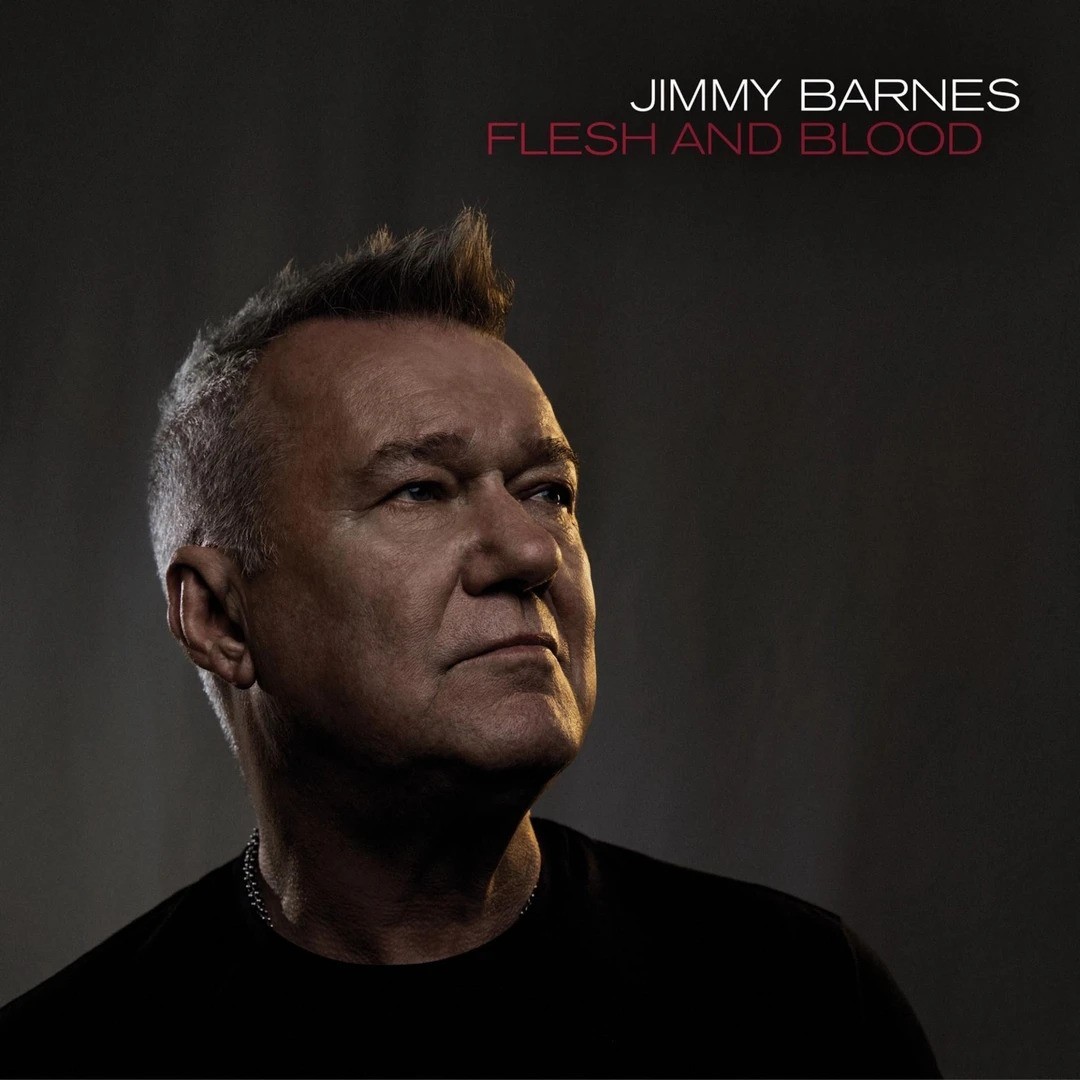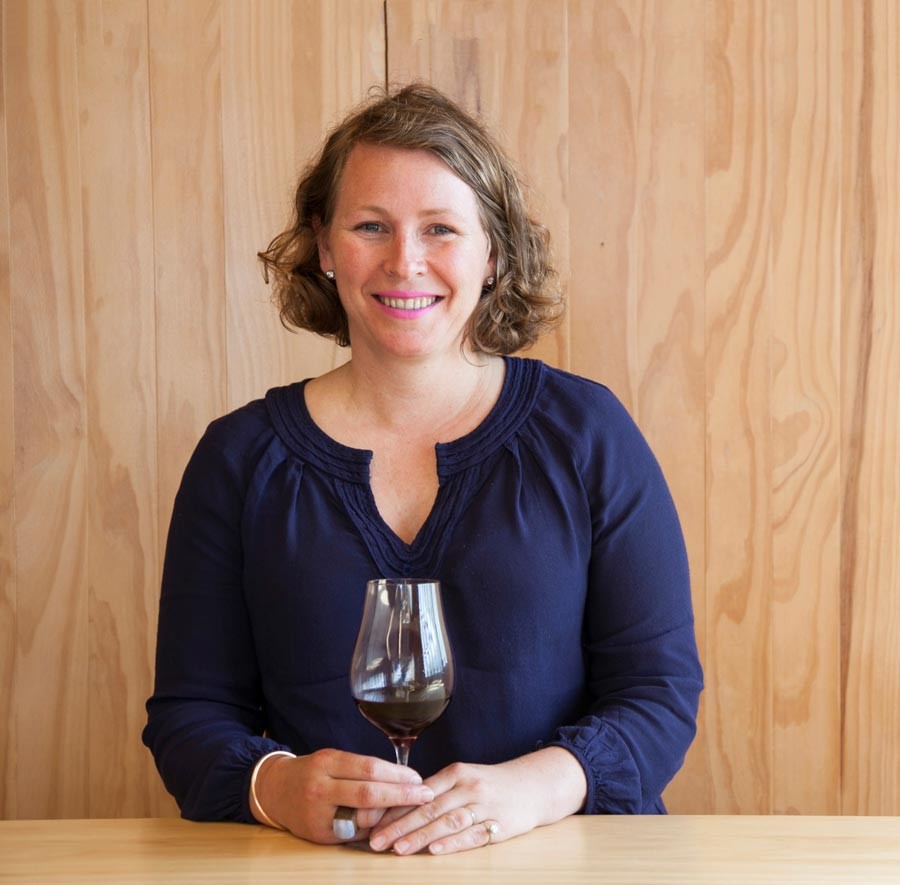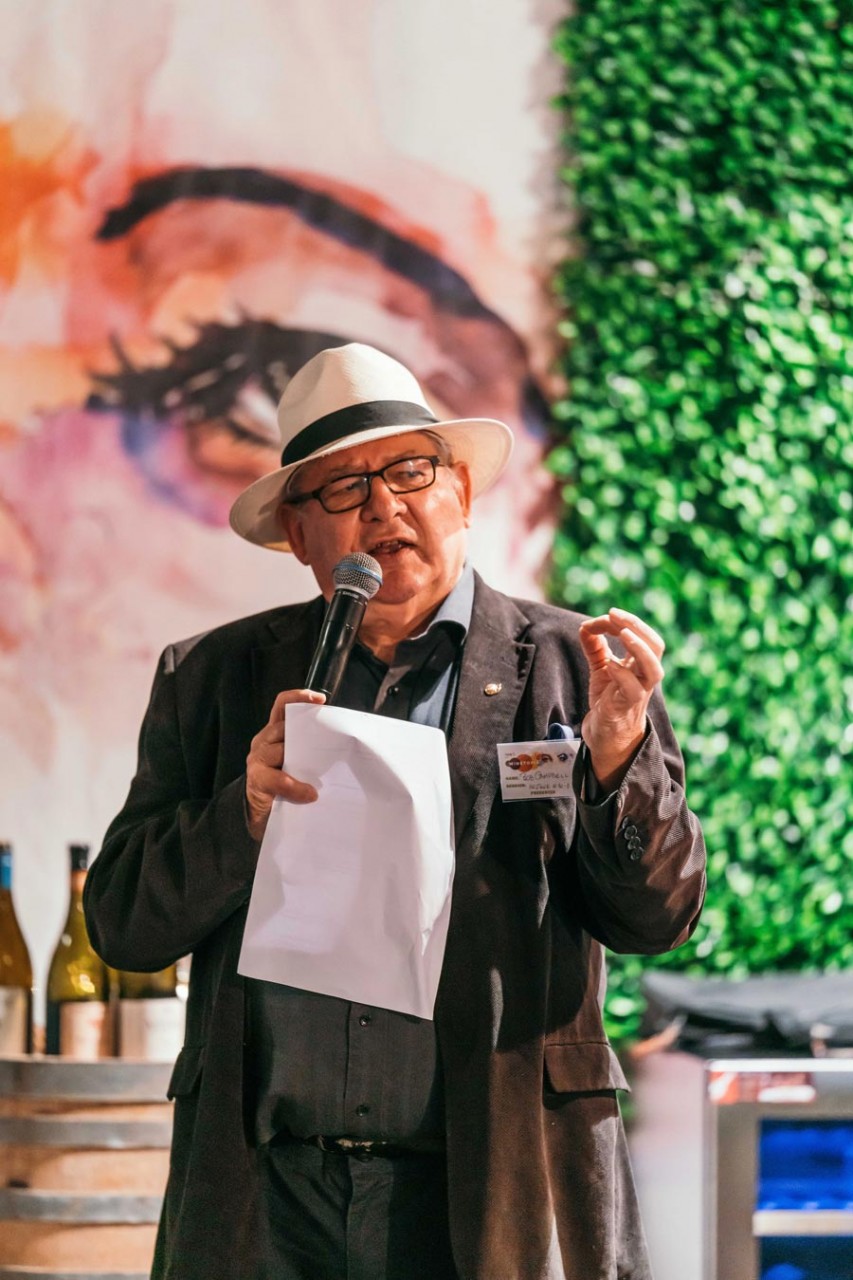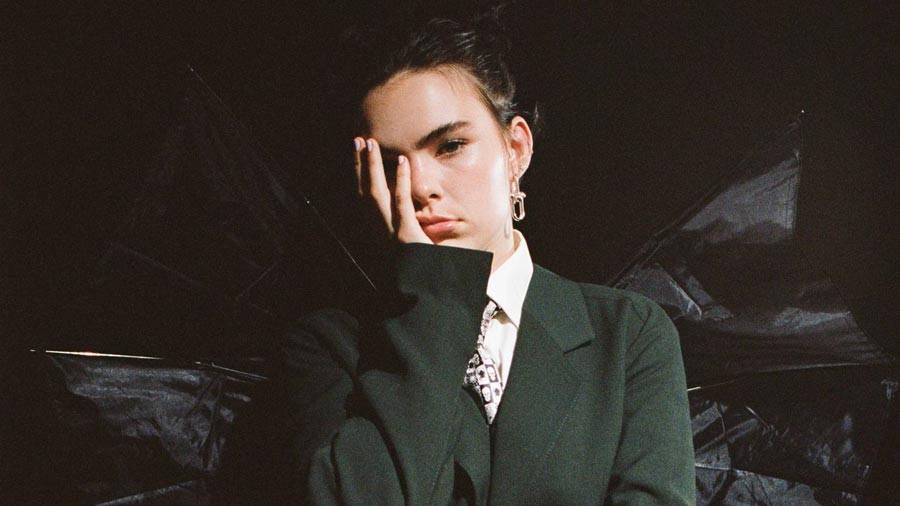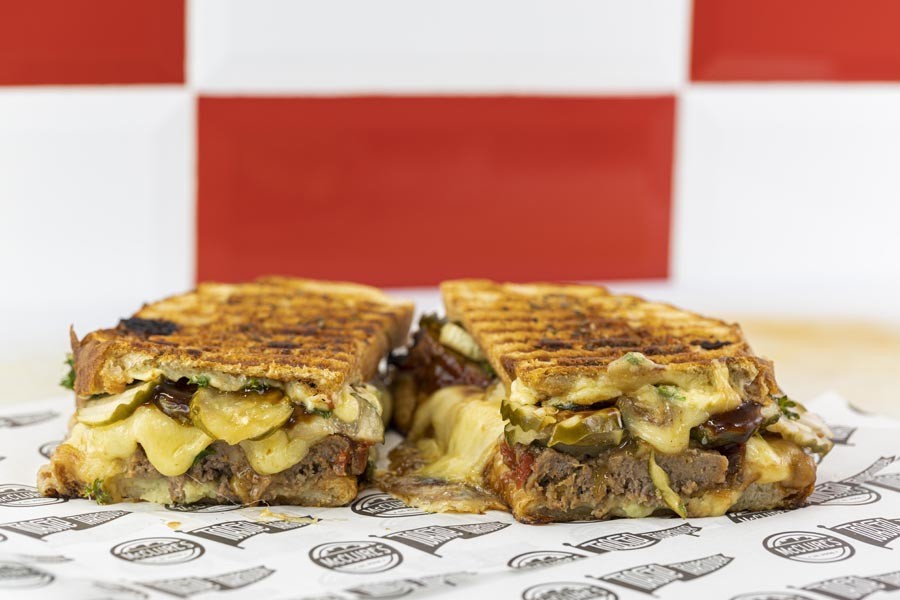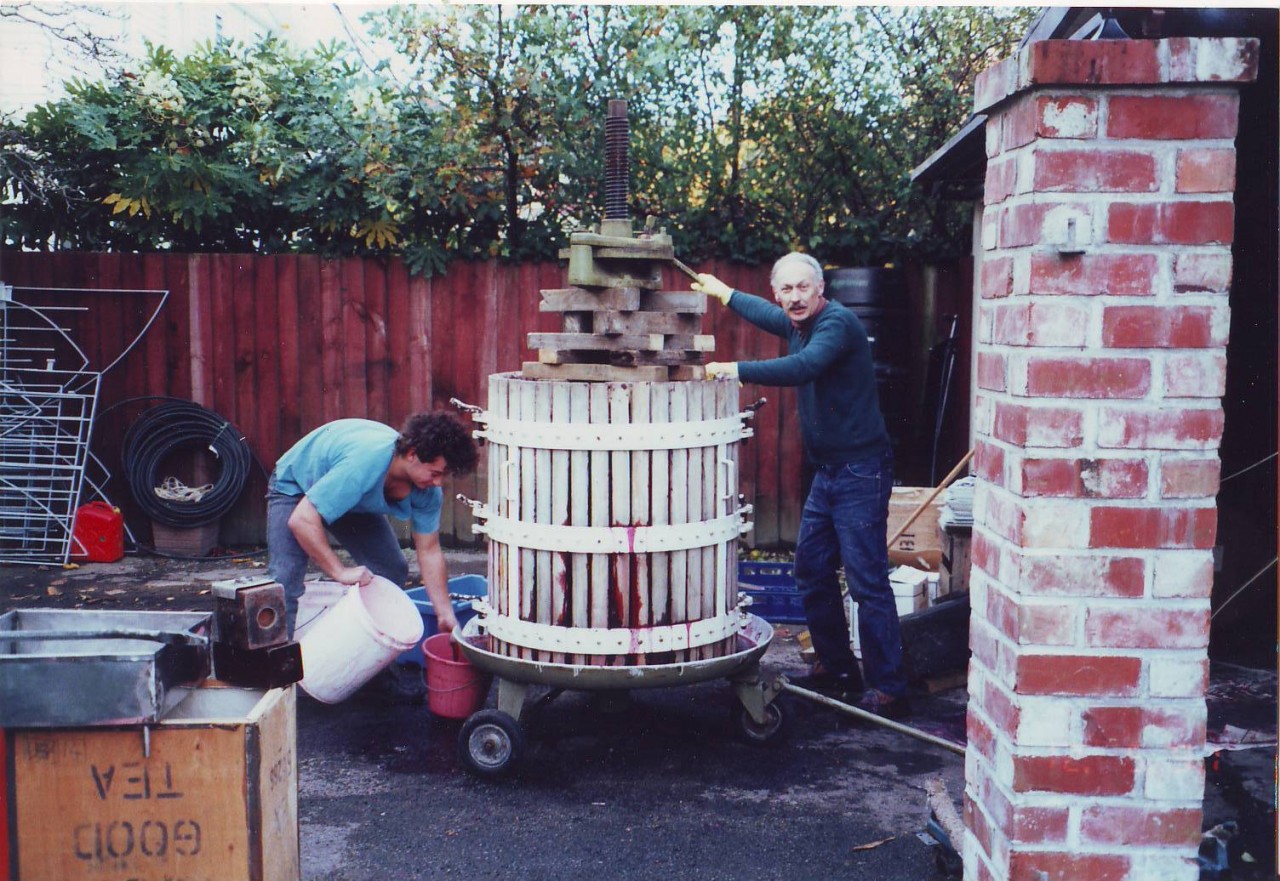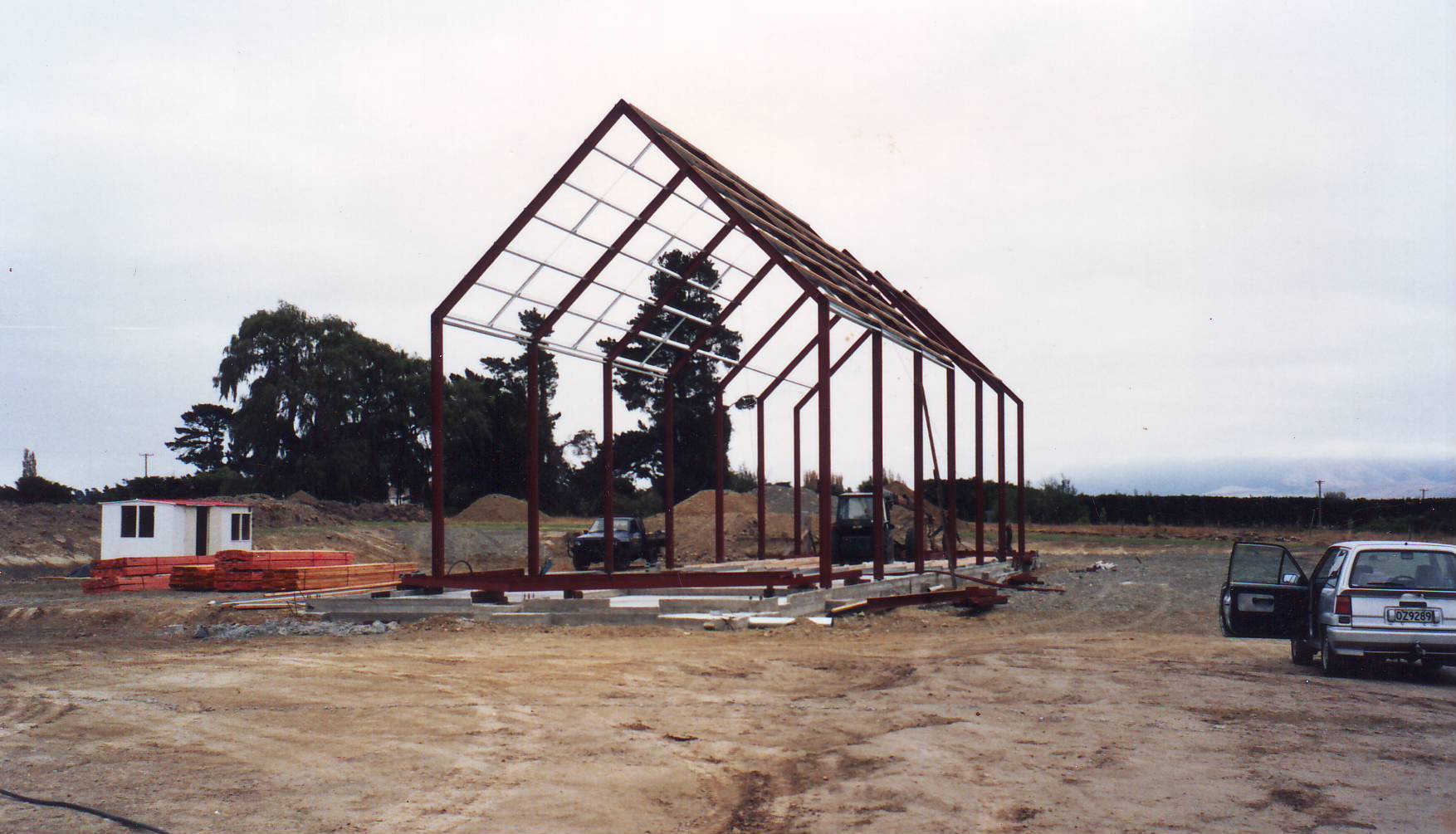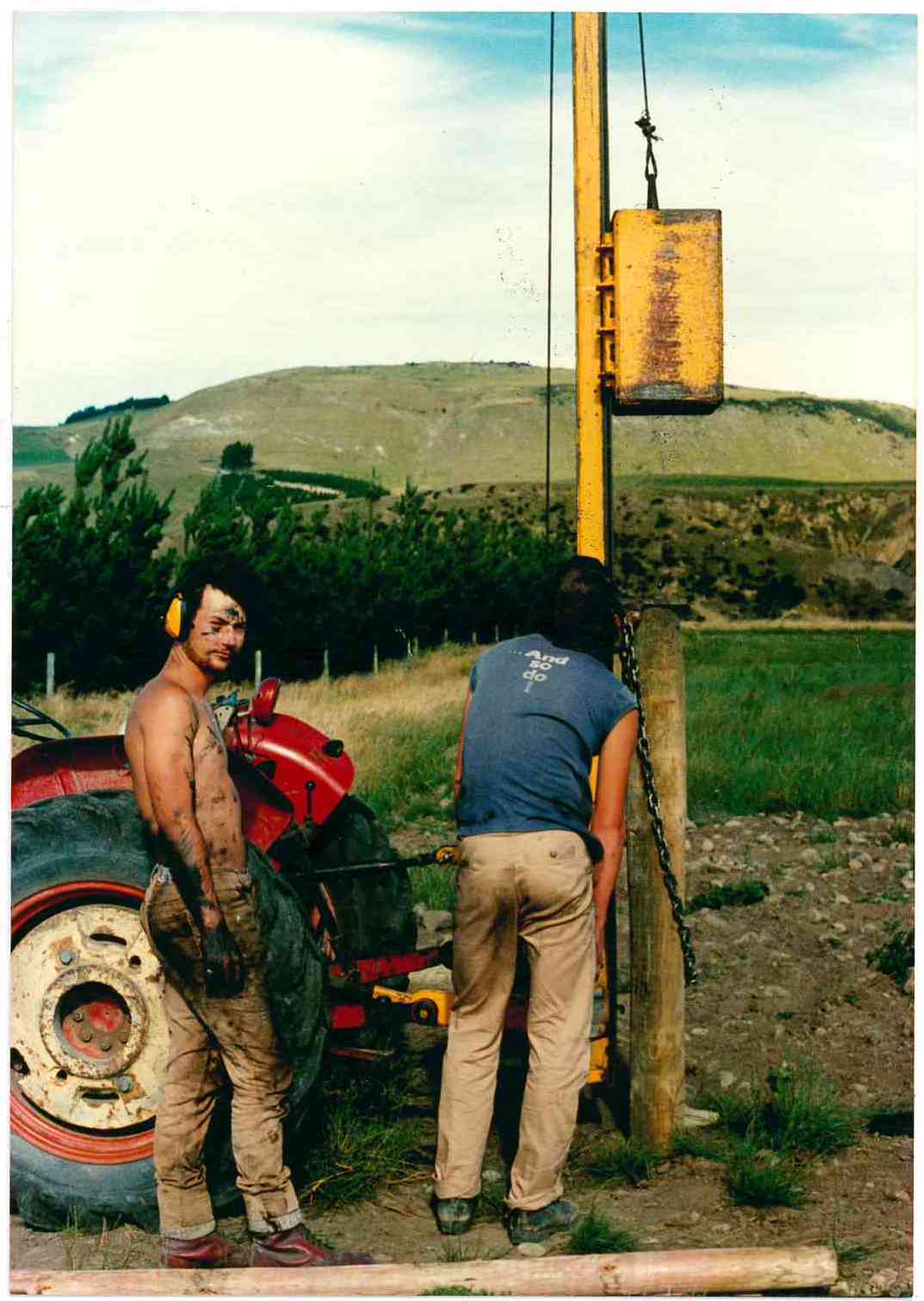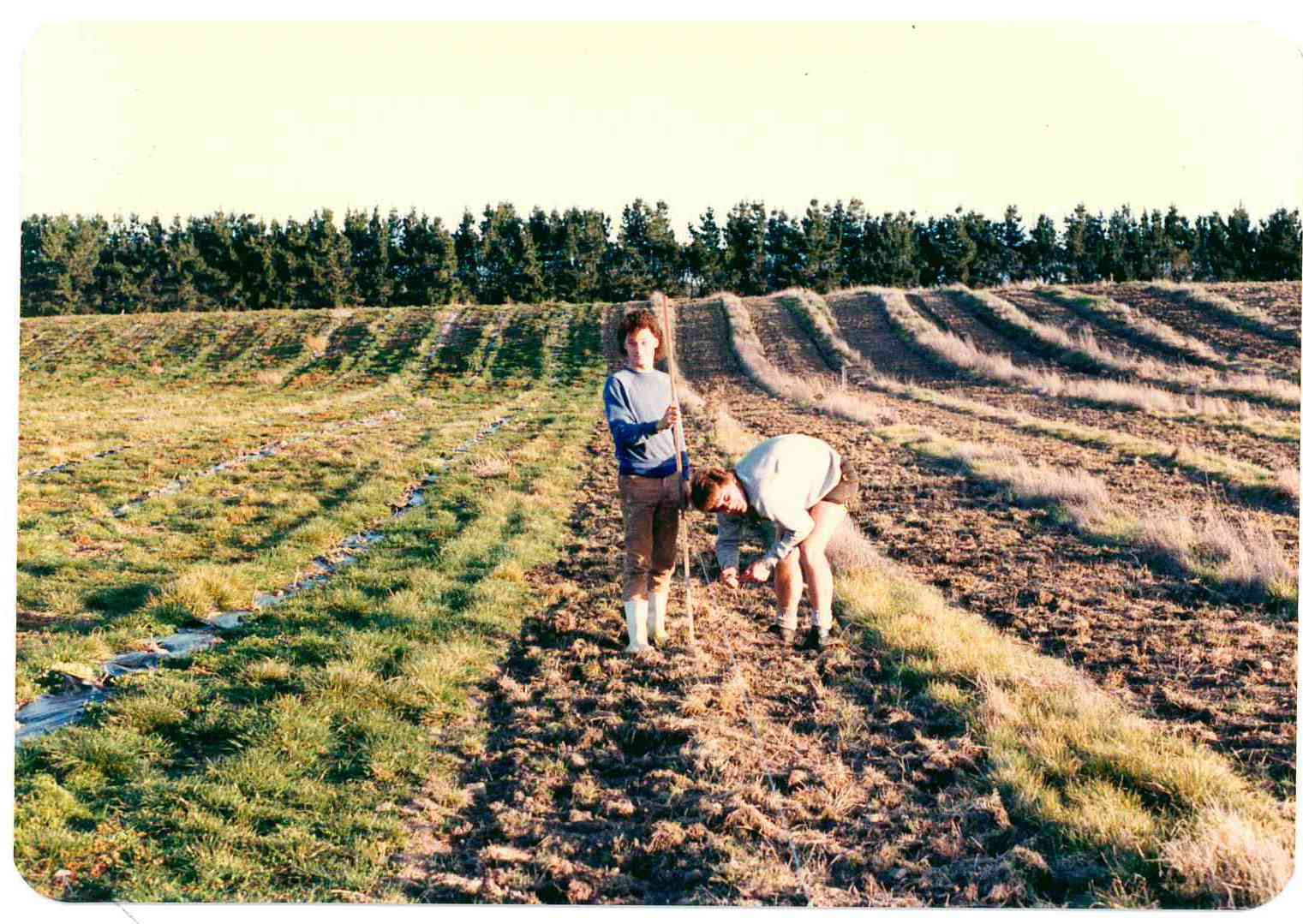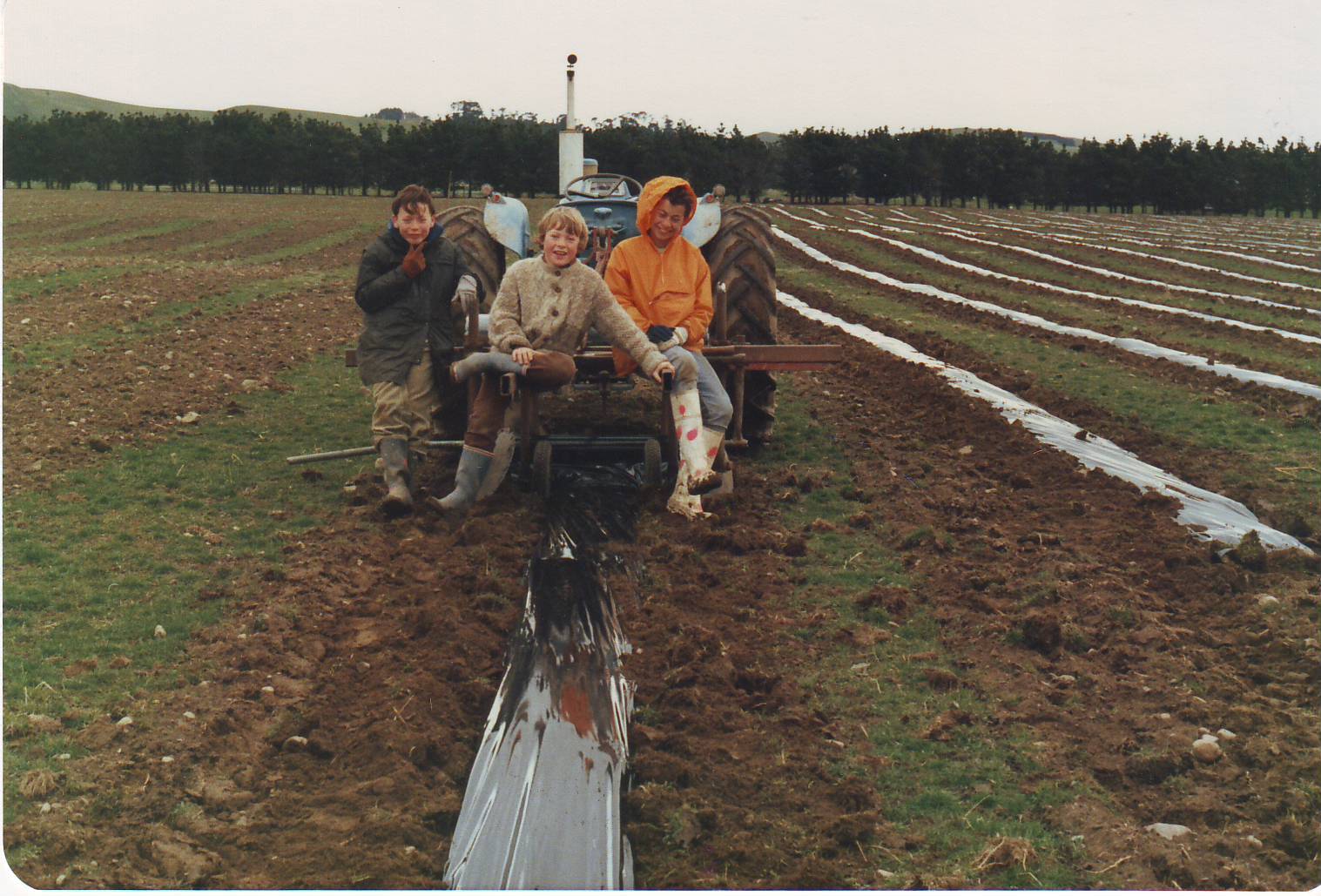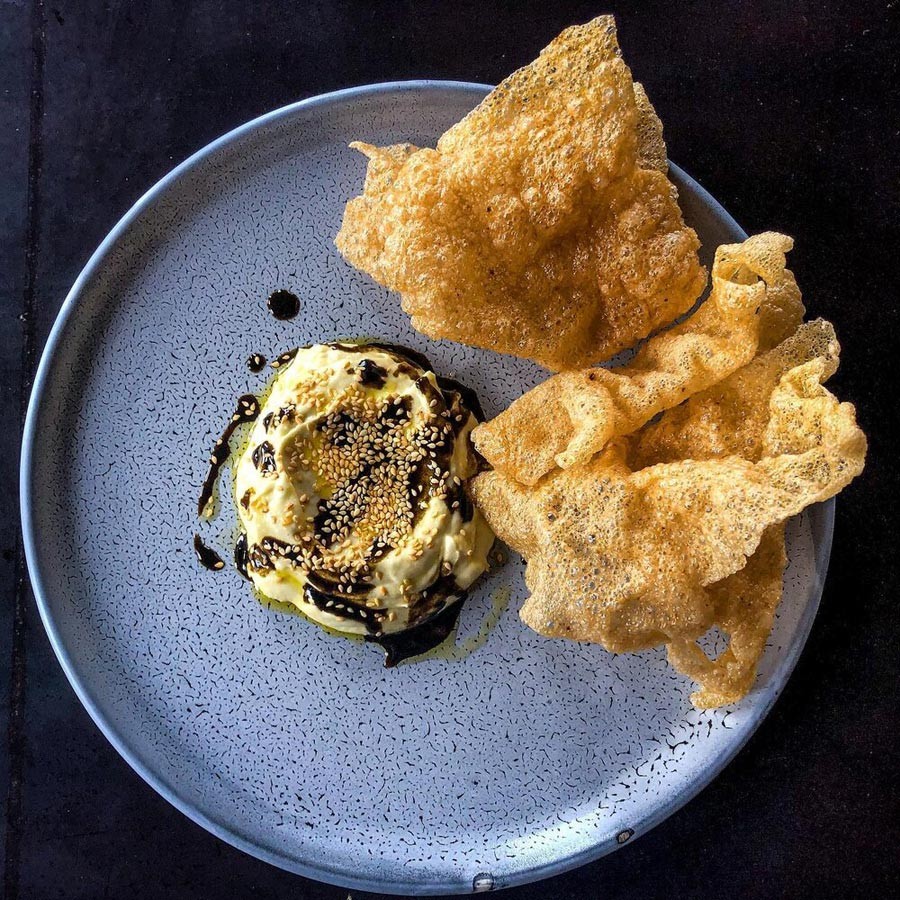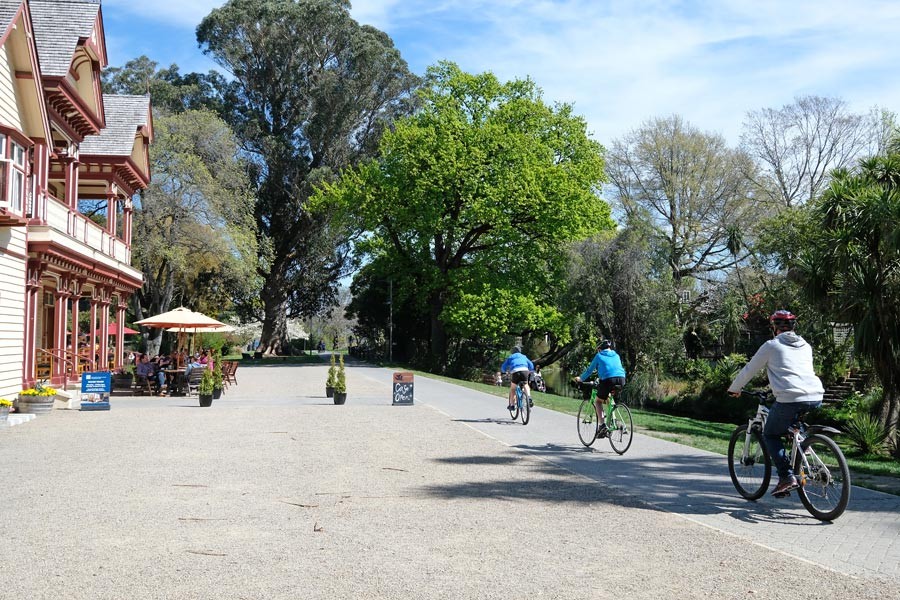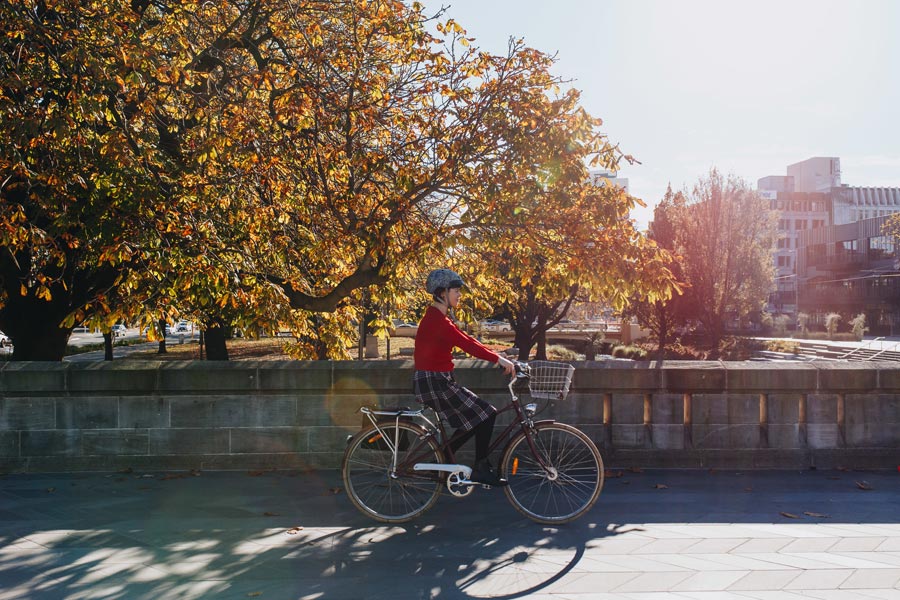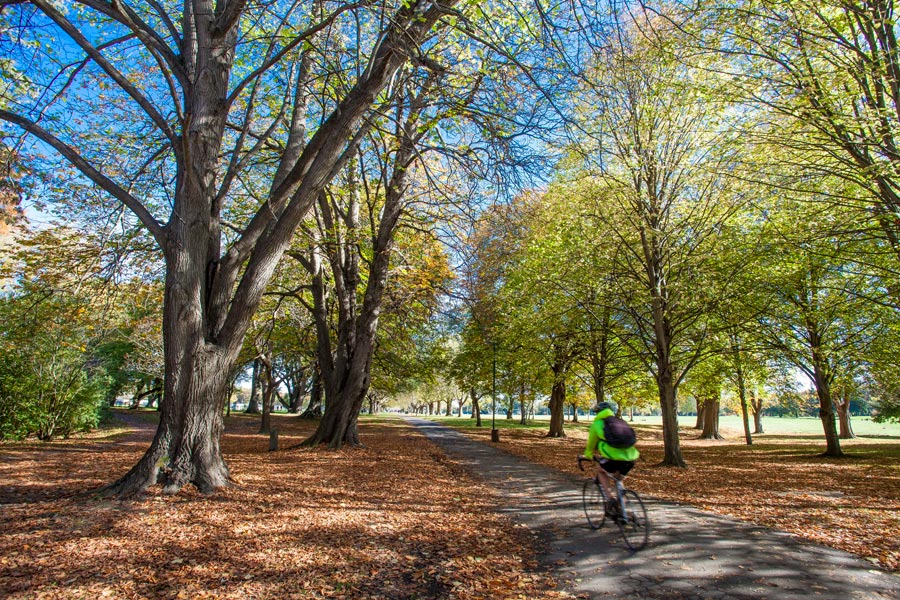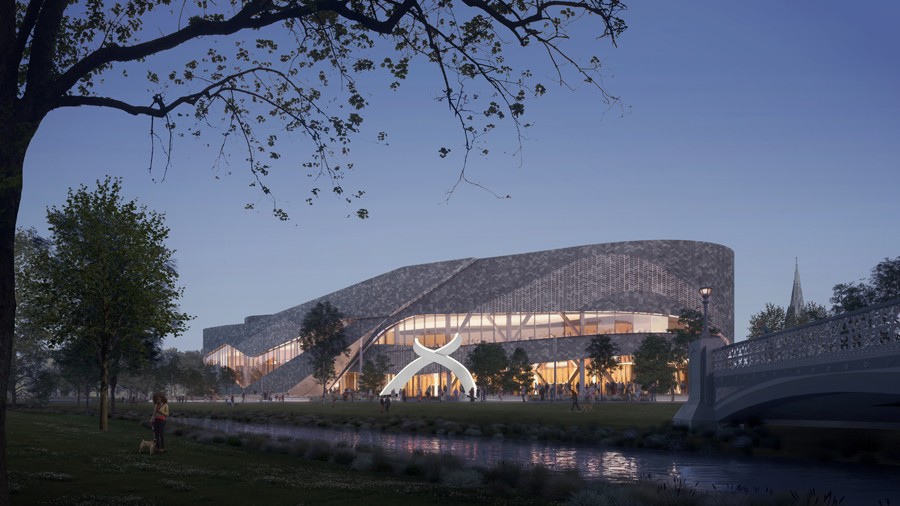What's Hot New Zealand caught up with director Lindy Hume to talk about and love, the revolution, and the NZ Opera season of The Marriage of Figaro.
Have you directed The Marriage of Figaro before? I have not. And so it's nice to be doing it for the first time, at this advanced age!
Can you tell us a little bit about the opera without giving too much away? The whole thing is set in one single day of madness. It’s an intertwining plot of love, scheming and deception. Figaro is to marry a Countess’s maid, Susanna, who the Count is planning to bed, as he believes it’s his right. The young couple set about exposing the older man’s lechery, and he in turn sets about revenge.
Is it a love story or something more? It's much more than a love story. I mean, it is a love story in that there is a lot of love in there, but there's also a lot of pain. Because it's the beginning of one marriage and the middle of another marriage. And so those two things collide. The Count and the Countess are starting to cope with their reality, and both of them are very attracted to other people, who happen to be people they aren’t married to. So yeah, it's an interesting combination of people who are happy and people who are unhappy.
How does this production of the opera explore feminist ideas? It is very much embracing some of the ideas in Martha C. Nussbaum’s essay, which I mentioned my direct designs. And it looks at the opera through the prism of the women – Susanna, the Countess, Marcellina, and in a way Cherubino, who is quite gender nonspecific in that he’s a young adolescent boy, but he's played by a woman and he dresses as a woman a lot of the time in the opera. So there's a lot of play with gender. The men are very revenge oriented and angry a lot of the time and the women seem to ameliorate those emotions. And, the women are the people that propose the idea, which is the big idea of the opera – forgiveness.
What's revolutionary about the story? It’s based on the play by Beaumarchais, who was indeed a revolutionary in the French Revolution. The play itself was undermining the idea of the Ancien Régime, where the aristocracy had all the power and everybody else had none. And so it was the beginning of the new regime for France, but also for the world. We're looking down the barrel of the Industrial Revolution, so in terms of the making of the play, it had a very strong political purpose. Mozart's approach to it is also about liberty, fraternity and equality, but it is also much more humane, I think, and looks at the political as personal as well. You get the idea of the world changing externally. But you also get the human condition, the impact on the humans and the changes that have to happen internally in order to make external change.
In terms of the aesthetic of this production, does it have a more traditional, or enlightenment-era setting? It's not traditional in any sense, but having said that, some of the costumes have a relationship with the 18th Century. We try to belong to both eras simultaneously. The clothes and the scenery – both have resonances of the original period, and our world.
Why did you make that decision? The whole point of what I'm trying to do with this production is to find common ground between the two worlds, 250 years apart. To look at what was revolutionary about the play and the opera at that time – it related to a very particular time politically in Europe and around the world. What are the things that are similar to our world now? For example, attitudes to women are changing currently, very strongly. So that's an easy kind of focus point. But I think the world is changing, in the sense that it's observing the great injustices of the very rich, and the very poor. And so all these things in the opera are timeless. We’re looking at those things in a different way, and finding thematic common ground.
What has it been like working on an opera with such a strong team of women in the top roles? I can't say it's that unusual for me to be directing, but it's really nice to have a team of very accomplished colleagues, who have always been amazing at their jobs, who just happen to be women. I guess it means that we don't feel we need to justify or explain any of those decisions.
What do you love about this opera? I love its humanity. It's just absurdly beautiful music. It has a luminous quality that I love – particularly the Countess. What I love about working on this particular show also is that they're such gorgeous colleagues.
You've directed opera all over the world, Europe, United States, Australia. What's different about doing it in New Zealand? This is my seventh production for New Zealand Opera. I always love coming back here because I feel like it's a sort of home company for me in a weird way. I've done some of my best work with this company. And some of the productions that have gone on around the world have been productions that we made here at New Zealand Opera. I feel like we have a capacity here to have creative freedom. It’s a company that supports creative leadership and new ideas. And I feel like the audiences are open to interesting ways of looking at things.
What music are you listening to at the moment, other than Mozart? I love Handel, which is why it was really nice to see the Semele film recently. In this mode, I tend to only really listen to the work that I'm working on. I like rock music, that’s my happy place. But I tend to be surrounded by the music I'm working on.
What's on the cards for you for the rest of the year? I’m doing something in Wales, if I can get out of the country. I'm also the artistic director of two festivals, Ten Days on the Island in Tasmania and the Four Winds Festival in Bermagui, NSW, in February. Both of which are music and multi arts festivals. That keeps me busy. I’m also doing my PhD, and meant to be submitting it in the next couple of months.
Read our Q&As with the other women of The Marriage of Figaro creative team: Zoe Zeniodi, Eleanor Bishop and Tracy Grant Lord.
Nationwide
Tue 8 Jun - Tue 13 Jul
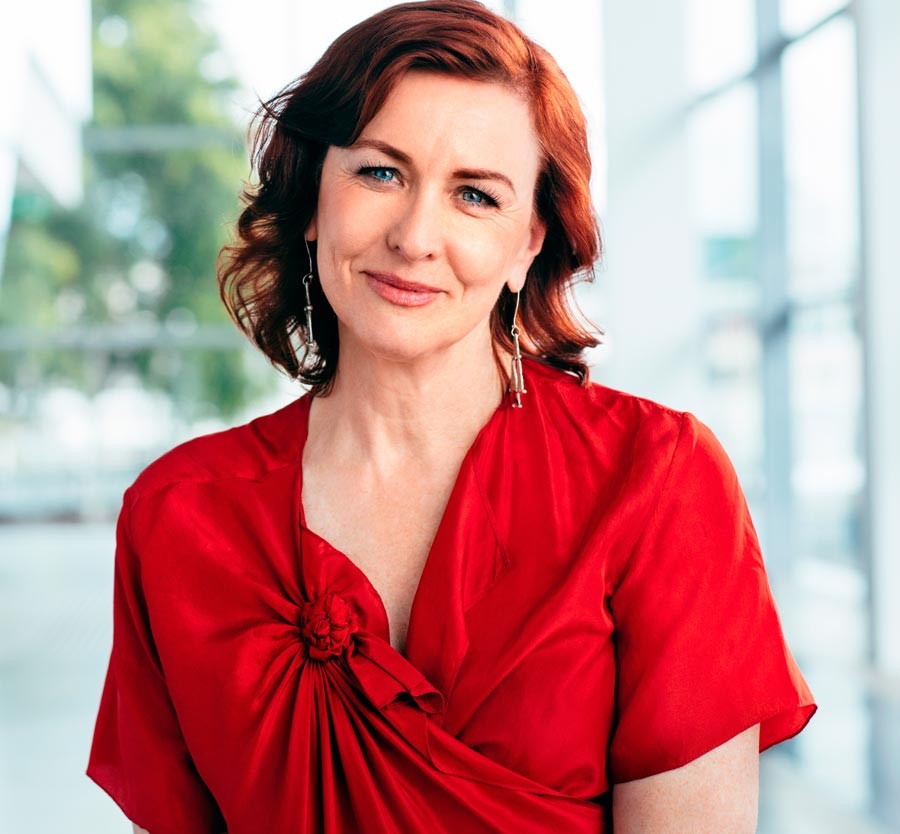
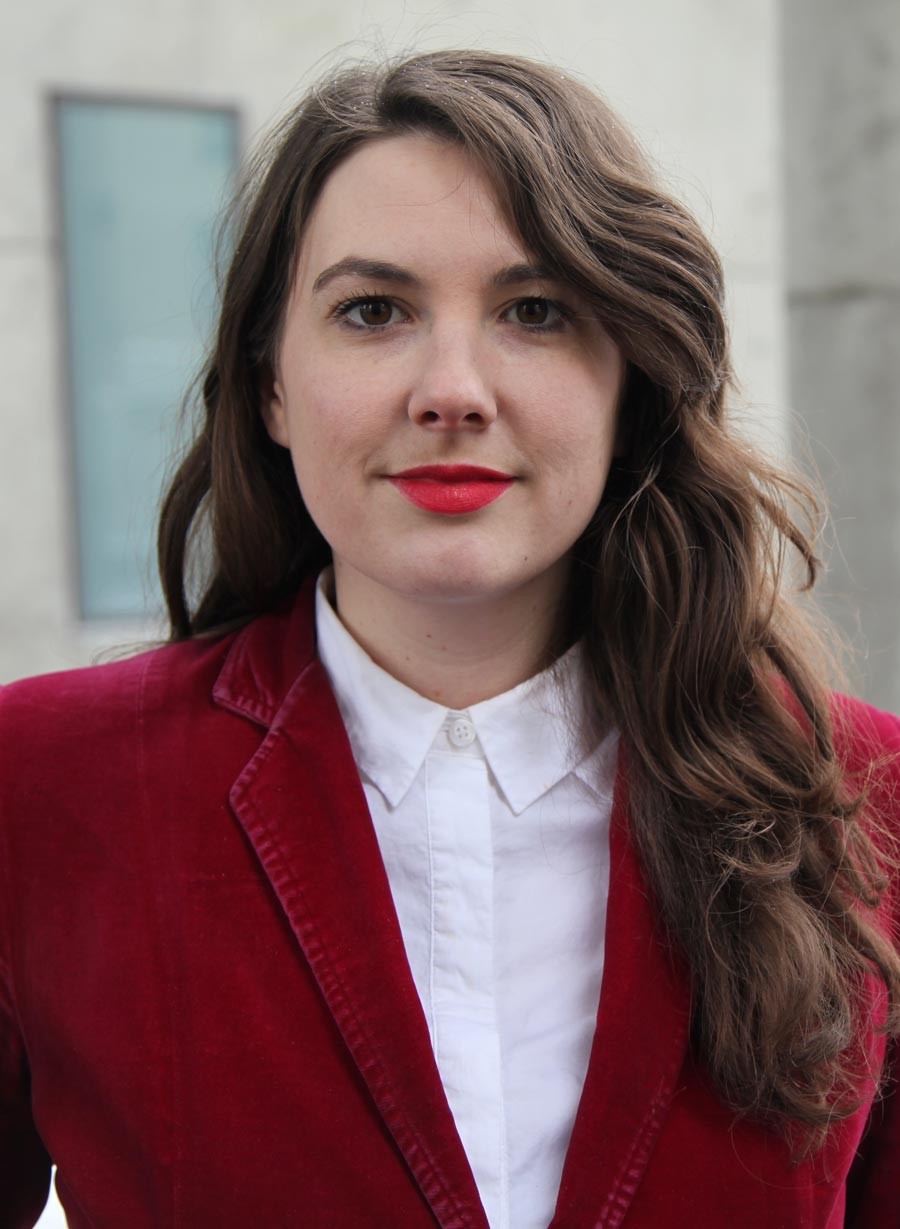
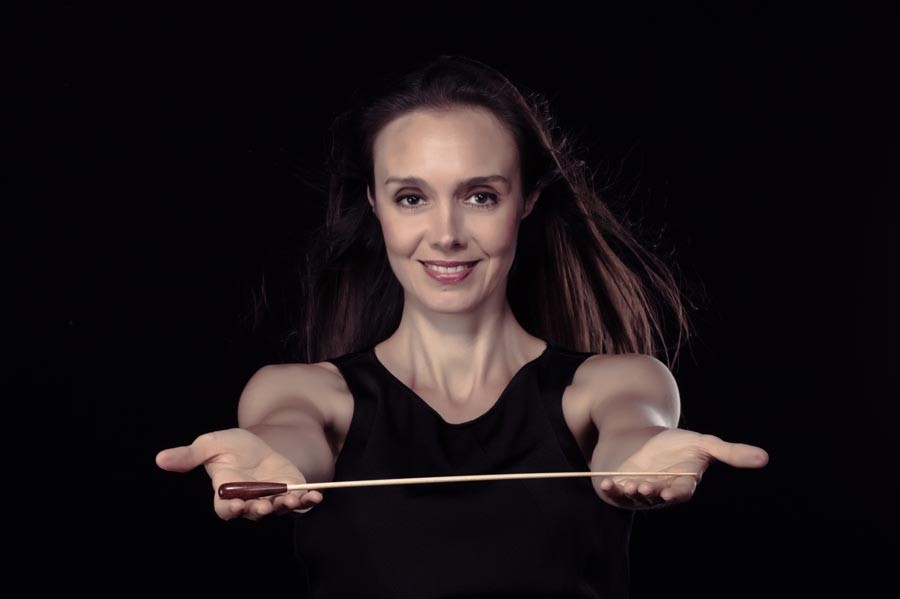
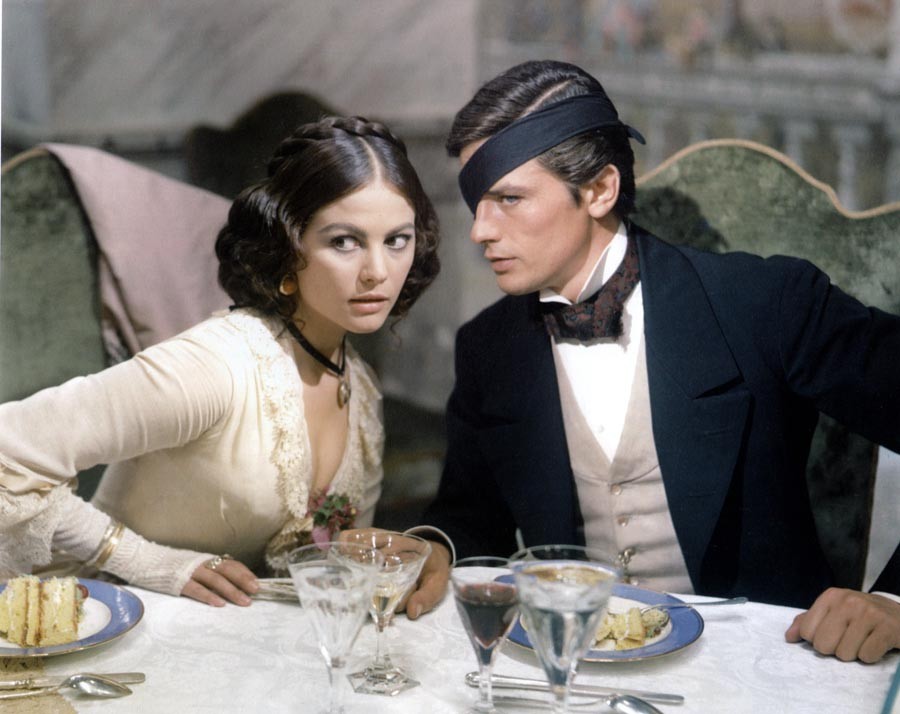


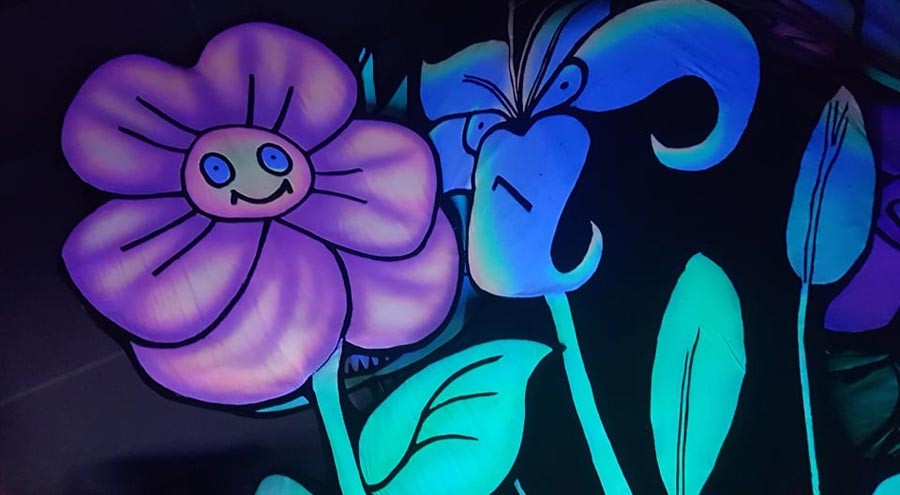



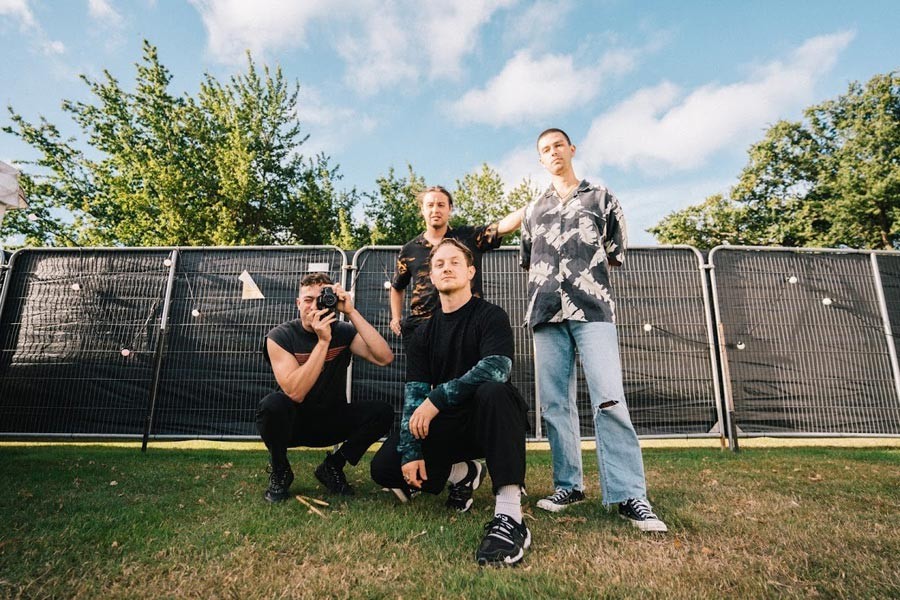
 heir own headline shows to international festivals and opening for such household names as Ed Sheeran, Christina Aquilera, Lorde and SIX60.
heir own headline shows to international festivals and opening for such household names as Ed Sheeran, Christina Aquilera, Lorde and SIX60.
